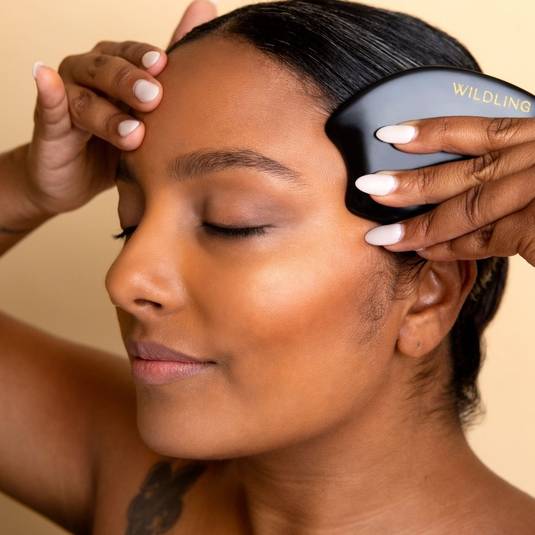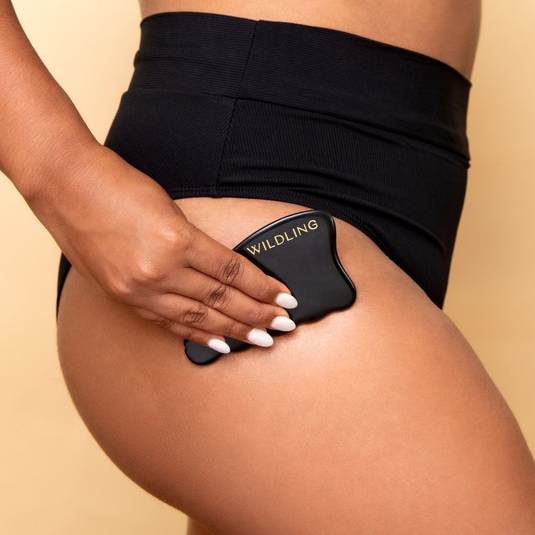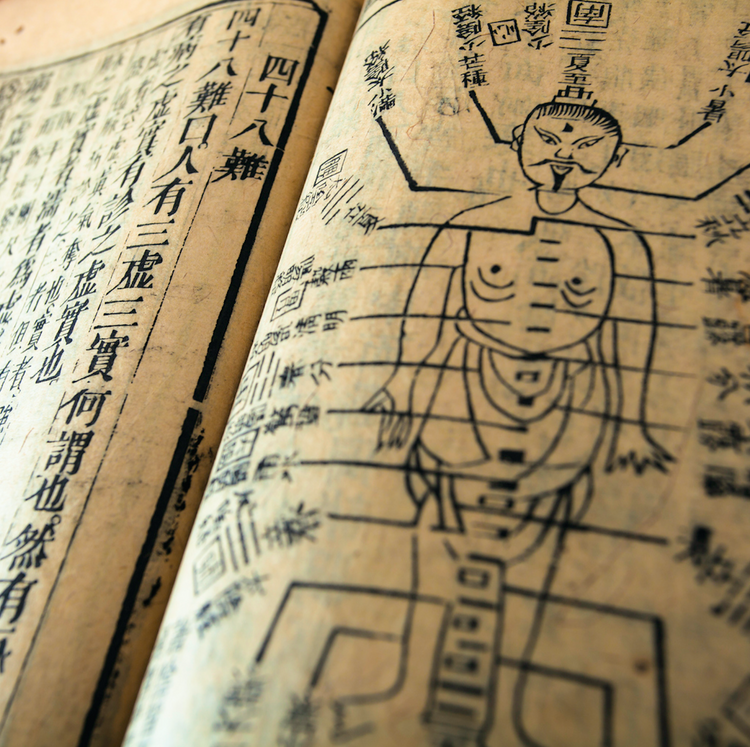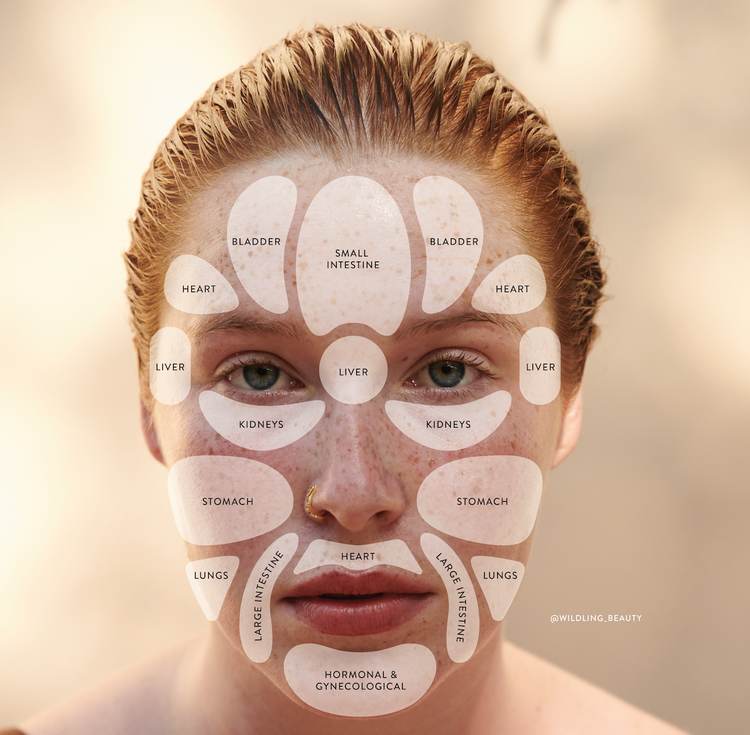Gua sha is a Traditional Chinese Medicine practice that dates hundreds, if not thousands of years. It's one of the oldest healing techniques in the world.
We’re proud to share the ancient tradition of gua sha in service of collective well-being. The 700+ year old practice has roots in traditional Chinese medicine, and has been used both as a type of family folk medicine as well as in clinical practice by licensed acupuncturists and in Chinese-style bodywork.
In 1974, Dr. James Tin Yau So opened one of the first acupuncture schools in the United States, the New England School of Acupuncture in Boston. He is largely credited with bringing acupuncture to the west and raising awareness of traditional Chinese medicine. Students of his have said that he was evangelical about the teachings of acupuncture and gua sha, claiming they could help with nearly any health ailment.
Read more: Does gua sha help with stress?
When Arya Nielsen, a student of his who went on to write one of the only texts about gua sha, asked who invented it, Dr. So responded, “Everybody knows it!” In China, it’s a ubiquitous remedy that has been passed down for generations, making it difficult to credit just one person with its origin.
No one knows the roots of facial gua sha, either (which is different from body gua sha). One believable theory, albeit conjecture, posits that it was discovered by acupuncturists who noticed the lifting qualities of acupuncture, acupressure, and gentle gua sha on the face completely by chance — likely due to lymphatic drainage, and other gua sha benefits.
Read more: The benefits of full body gua sha, explained.
At Wildling, our methods have a strong foundation in traditional Chinese medicine, and have been honed by our co-founders Gianna de la Torre, licensed acupuncturist with a master’s degree in traditional Chinese medicine, and Britta Plug, our in-house esthetician who has trained with leading scientists and doctors to learn about gua sha, the lymphatic system, and their effects on holistic well-being.







